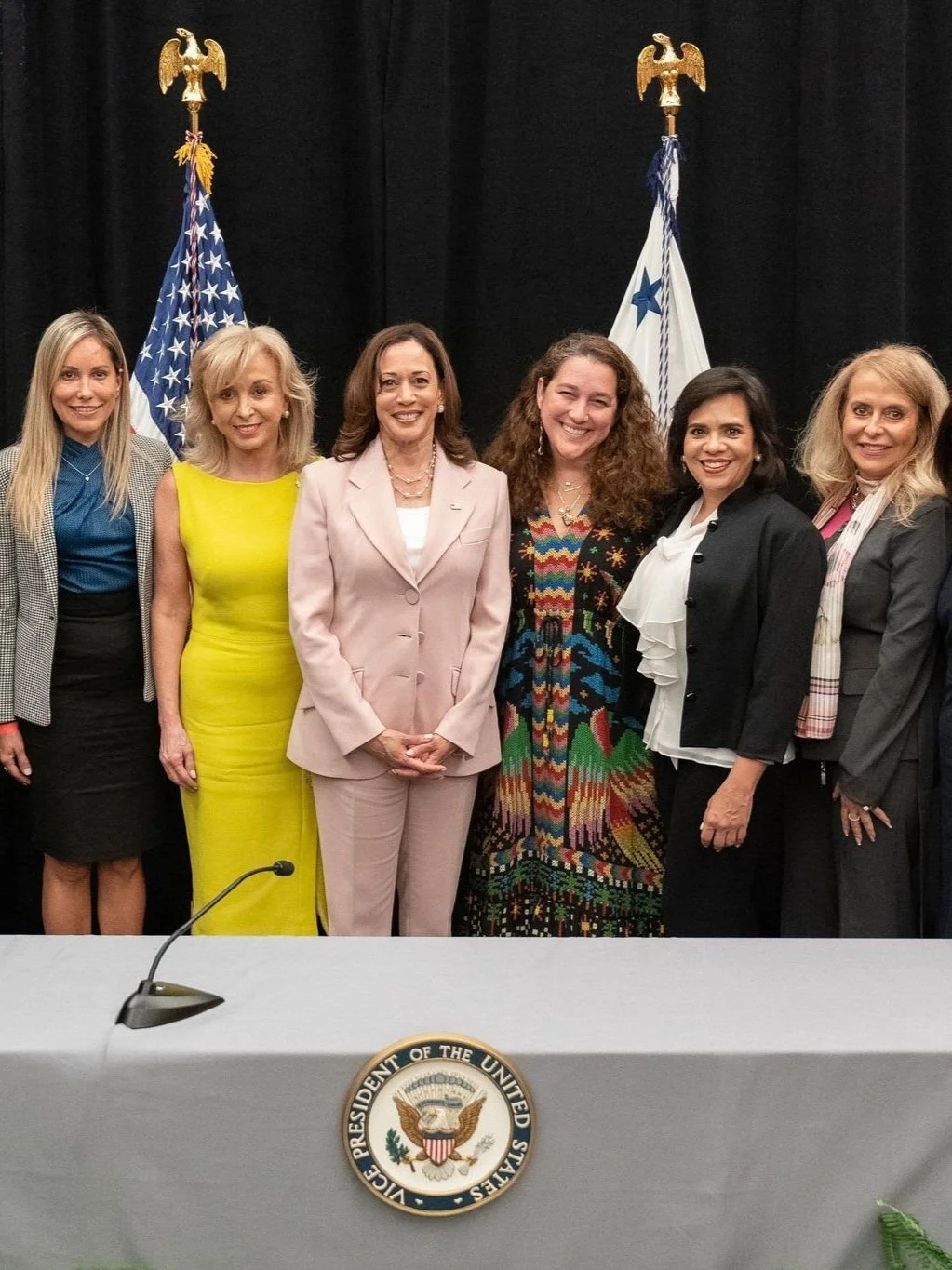Photo: Gorilla Doctors/UC Davis.
“Finding solutions that enable the coexistence of wildlife and local communities is the only way that conservation efforts can succeed,” said Cath Lawson. The WWF’s regional manager for Africa was speaking at the launch of a pilot project aimed at protecting the continent’s mountain gorillas, and in a first for the NGO, technology is being used in the fight to conserve the endangered species.
There are an estimated 1,000 mountain gorillas surviving in protected parks, in the wild, with approximately 600 in the Virunga Mountains in East Africa, and around 400 in Bwindi Impenetrable National Park in Uganda. They are surrounded by some of Africa’s highest densities of rural populations, which are growing at a rate of almost 3% per year, putting pressure on space and resources. Balancing the need to protect the mountain gorillas and the livelihoods of local communities who rely on the land presents many challenges, including wildlife attacks on people, the destruction of crops, and the transmission of diseases, but mobile-based technology has been developed that records incidences of human-wildlife conflict and enables local communities to use it to inform mitigation work and anti-poaching efforts.
With connectivity being limited in many of the areas, monitoring has been a laborious task in the past, and collating data to improve the situation has been difficult. But using mobile devices developed by satellite communications company Inmarsat, community volunteers will now be able to record incidents easily, and then transmit the information to the relevant authorities via satellite in real-time.
The technology is being trialled in Bwindi Impenetrable National Park and by local members of the Human Gorilla Conflict Resolution program, which was established by the Ugandan Wildlife Association following an increase in attacks on crops, people and wildlife by mountain gorillas in the region, and it is hoped that it can be used to support conservation projects throughout the area.
“Mountain gorilla conservation has had many successes in recent years and the pilot of the hand-held devices has the potential to drive that forward,” said Anna Behm Masozera, Director of the International Gorilla Conservation Programme (IGCP) which is working with the WWF on the initiative. And she went on to say, “This is all about equipping and empowering local communities to be part of the solution and to make them feel valued by training them in, and supplying them with the latest technology.”












